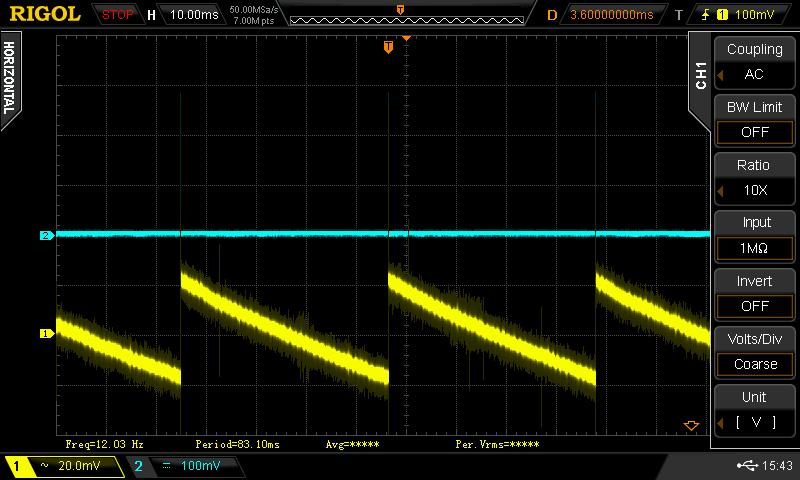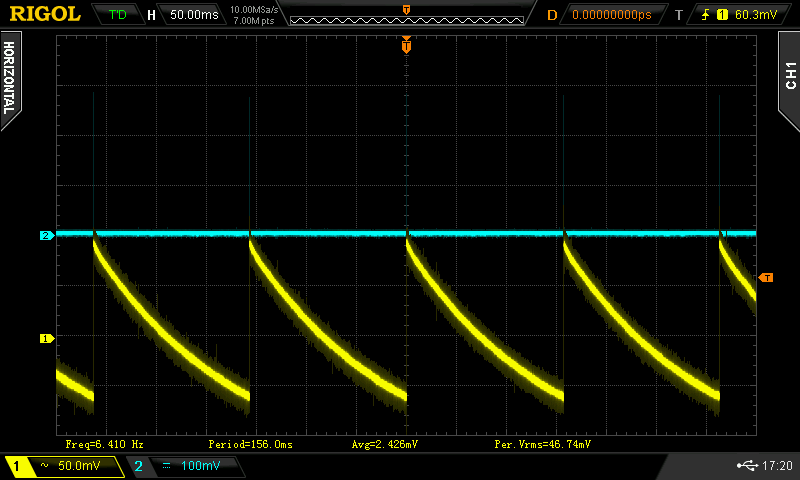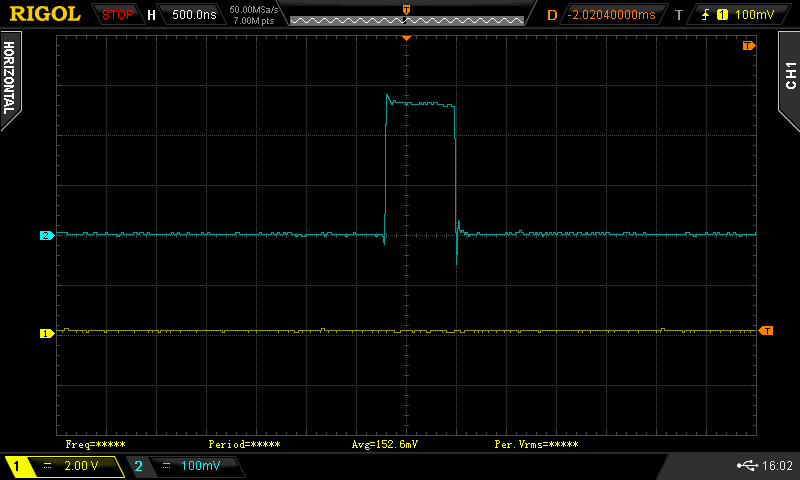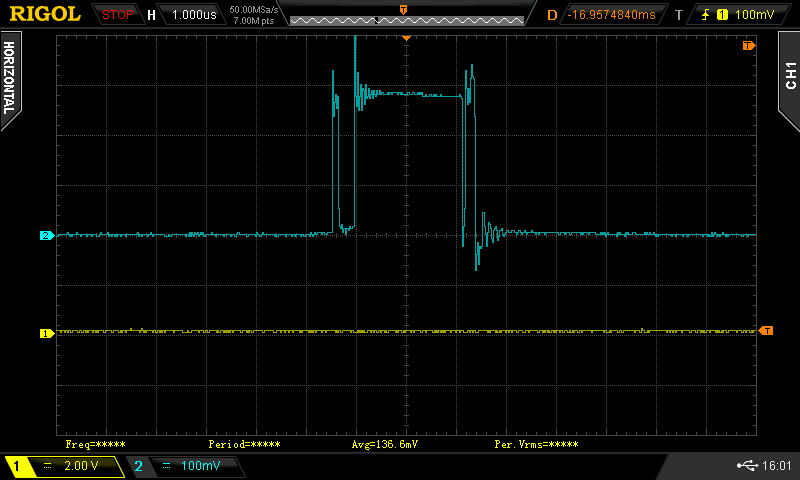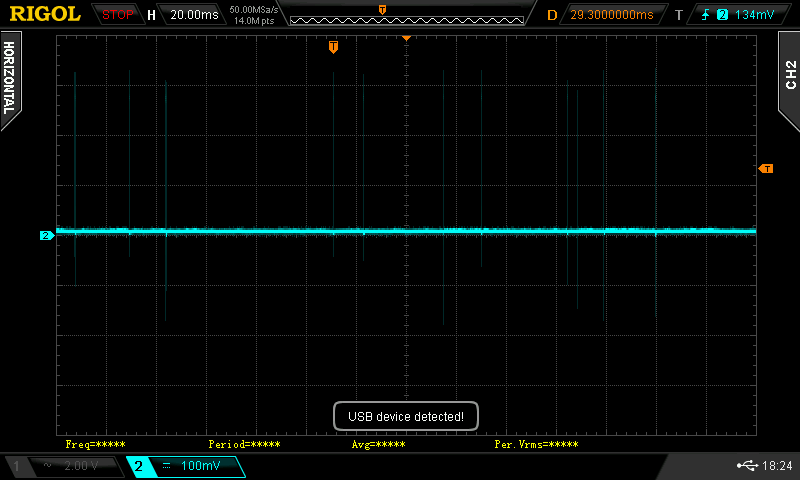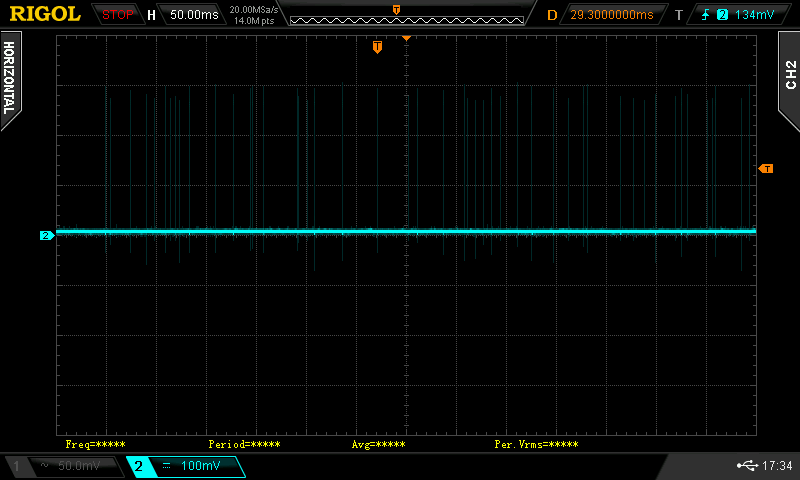Hello,
We use the TPS63000DRCT in our design (low power device) as a power supply.
Now for us, the quiescent current is very important (we use the low power save mode, pin #7 pulled low)
Our product is consuming only 30 uA in sleep mode, and the quiescent current of the TPS is less than 50 uA. So We expected a total current draw of approx 80 uA. This is verified during design, and is OK (85 uA).
But it seems that units that are produced from some batches of TPS63000 draws much more.
I measured 200 uA yesterday. So I replaced the TPS with one from the previous batch, and the current was OK again.
The one with the low quiescent current (correct) has this code: 5BI CCCT. The other one (44WZ354) has a much higher quiescent current (200 uA).
This one I replaced for a new one: (5CI ART7) and has also a much better quiescent current (old IC 200 uA, now 115 uA).
I mentioned on the reel was noted "Revision C".
Now I like to know the differences between the Revisions, because I cannot find them in the datasheet.
Can someone explain the differences I measure between the different batches of IC's? I also buyed a batch of TPS63000-Q1 (automotive) They have also the high quiescent current. These ones have the batch code: 43K DOC 7
Regards Remco


